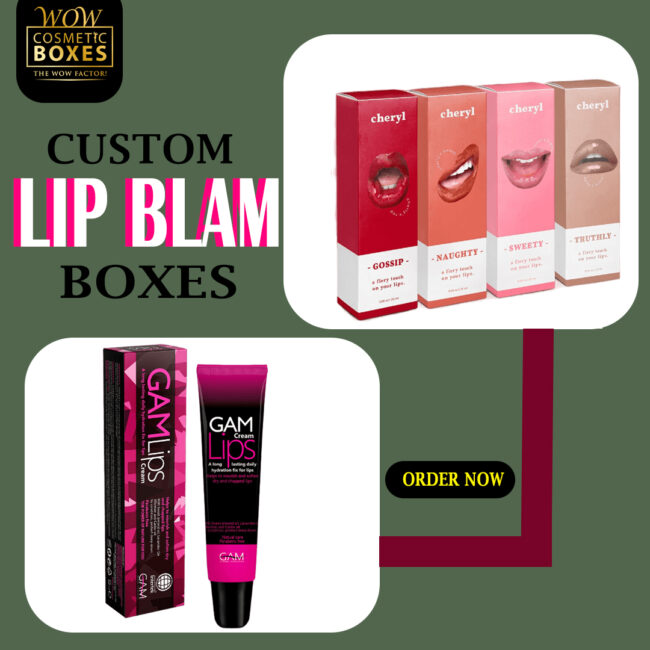
Understanding safety regulations for custom cosmetic packaging is essential for your brand’s success. You need to guarantee that materials are safe for skin contact and comply with standards set by organizations like the FDA and the European Commission. Adhering to labeling requirements and conducting thorough testing can prevent harmful reactions and build trust with consumers. Incorporating sustainable packaging options is also becoming increasingly important. By staying informed about regulations and best practices, you can enhance your reputation and foster customer loyalty. There’s so much more to explore about guaranteeing compliance and maximizing your packaging’s potential.
Main Points
- Familiarize yourself with key regulatory bodies like the FDA and European Commission that oversee cosmetic packaging safety.
- Ensure materials used in packaging are non-toxic, hypoallergenic, and compliant with current safety standards.
- Adhere to labeling requirements by clearly disclosing ingredients, usage instructions, and safety warnings.
- Conduct rigorous testing, including durability and compatibility tests, to guarantee packaging safety and effectiveness.
- Stay informed about evolving regulations and collaborate with compliance experts to navigate potential challenges.
Importance of Safety Regulations
In relation to cosmetic packaging, understanding safety regulations is crucial for both manufacturers and consumers.
These regulations guarantee that the materials used are safe and suitable for contact with skin and other sensitive areas. By implementing custom packaging solutions that comply with safety standards, brands can further enhance their commitment to consumer safety.
When you choose products that adhere to these standards, you’re not just protecting your health; you’re also supporting brands that prioritize safety. This commitment to compliance fosters consumer trust, as you can feel confident that the products you use are rigorously tested.
Moreover, brands that consistently meet safety regulations enhance their reputation in the marketplace, distinguishing themselves from competitors.
Ultimately, prioritizing safety regulations in packaging isn’t just a legal obligation; it’s a crucial component of building a loyal customer base and maintaining a positive brand image.
Key Regulatory Bodies
Which organizations oversee the safety of cosmetic packaging? The primary regulatory body in the U.S. is the Food and Drug Administration (FDA). They enforce FDA guidelines that guarantee cosmetic packaging is safe for consumer use, focusing on materials that won’t leach harmful substances.
Moreover, the Federal Trade Commission (FTC) monitors advertising claims related to packaging, making sure they’re truthful and not misleading.
In Europe, the European Commission plays a similar role, establishing regulations that govern cosmetic products and their packaging. These organizations adapt to packaging innovations, promoting safety while encouraging advancements in materials and designs.
Staying informed about these regulatory bodies is vital for anyone involved in the cosmetic packaging industry, as compliance is key to market success.
Material Safety Standards
In relation to cosmetic packaging, adhering to material safety standards is crucial for guaranteeing consumer safety.
Custom packaging solutions, like high-quality materials, should be prioritized to prevent harmful reactions with the product. You need to focus on material selection that complies with existing regulations, as this helps prevent harmful reactions with the product.
Regularly check for regulatory updates, as standards can change frequently. Materials must be non-toxic, hypoallergenic, and free from harmful substances that could compromise product integrity or consumer health.
Implementing proper testing methods, such as migration and stability tests, can guarantee your materials are safe for use.
Labeling Requirements
Selecting safe materials is only one part of the equation; labeling requirements play an essential role in ensuring consumer safety and compliance. Your label design must meet specific regulations to provide clear information.
Furthermore, incorporating branding elements and high-quality graphics can enhance the overall appeal of your product packaging, making it more attractive to consumers, as seen in market trends.
Here are three key elements to examine for effective labeling:
- Ingredient Disclosure: Always list all ingredients in descending order by weight. This transparency helps consumers make informed choices.
- Usage Instructions: Clearly state how to use the product to prevent misuse and potential harm.
- Warnings and Allergens: Highlight any potential allergens or safety warnings to protect sensitive individuals.
Testing and Compliance
Thorough testing and compliance are vital to guaranteeing that cosmetic packaging meets safety standards and regulations. You need to focus on packaging durability, which involves testing materials for resistance to breakage, leakage, and environmental factors.
This testing helps confirm that your packaging can withstand daily use while protecting the product inside. Additionally, utilizing custom printed soap boxes can enhance brand visibility, which is essential in a competitive market.
Compliance with industry regulations not only safeguards consumer protection but also builds trust in your brand. You’ll want to conduct rigorous assessments, including compatibility tests to verify that packaging doesn’t react negatively with the cosmetic products.
Sustainable Packaging Considerations
As you guarantee compliance with safety regulations in cosmetic packaging, it’s also important to take into account the sustainability of your materials.
Using eco-friendly materials not only appeals to environmentally conscious consumers but also enhances your brand’s reputation. For instance, incorporating eco-friendly options like biodegradable and recyclable materials can greatly reduce your carbon footprint.
Consider these sustainable packaging options:
- Biodegradable options: Choose materials that break down naturally without harming the environment.
- Recycled content: Incorporate recycled materials into your packaging to reduce waste and lower your carbon footprint.
- Minimalist designs: Opt for sleek, simple designs that use less material and are easier to recycle.
Best Practices for Compliance
Maneuvering the complex landscape of cosmetic packaging regulations requires a keen understanding of best practices for compliance.
First, guarantee your custom design adheres to all safety standards and labeling requirements. Conduct thorough research on regulations specific to your target market and maintain updated documentation.
Incorporate packaging innovation by selecting materials that meet safety criteria while also appealing to consumers. Regularly test your packaging for potential hazards, such as leaching chemicals.
Collaborate with compliance experts or legal advisors to navigate any uncertainties. Finally, stay informed about evolving regulations to adapt your practices accordingly.

